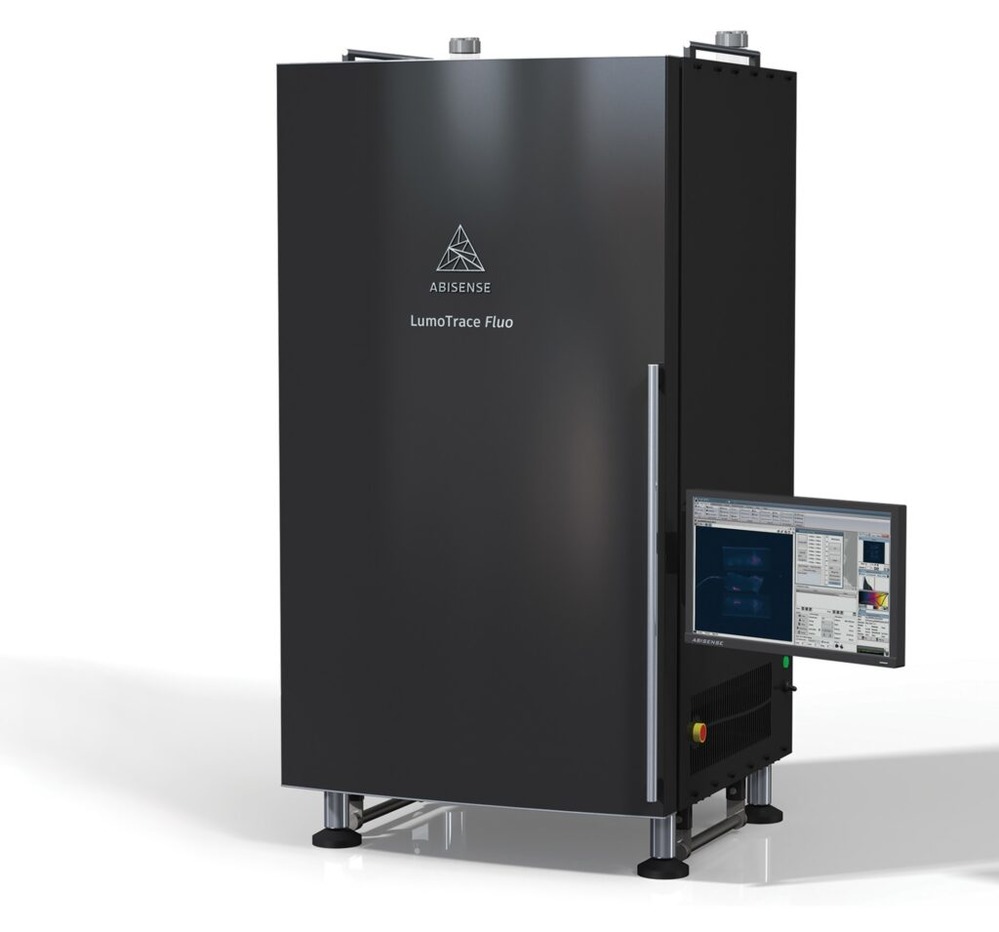Catalog
Metrology
525 products
View:
- Selected: 0Areas of use
- Selected: 0Item names
- Selected: 0Manufacturer
- Selected: 0Made in
- Selected: 0Additional
View:
525 products
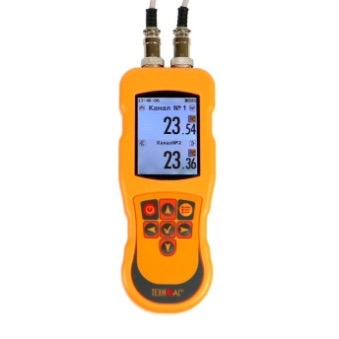
Digital two-channel contact thermometer TK-5.27 with logging function
from
28 704 ₽
The digital contact thermometer TK-5.27 is designed to measure the temperature of liquid, bulk, gaseous materials by immersion of measuring probes of thermometers into the medium (immersion measurements), contact measurements of temperatures of surfaces of solids (surface measurements), measurement of relative humidity of gaseous non-aggressive materials, measurement of atmospheric pressure, measurement of air flow velocity, as well as for measuring the luminous flux incident on a small area of the surface to its area.
The contact thermometer TK-5.27, depending on the order, is equipped with replaceable probes for various purposes. Two probes of any type can be connected to the TK-5.27 thermometer at the same time.
Thermometers TK-5.27 have the function of automatically determining the type of connected probe.
TEKHNO-AS
Kolomna
Produced in: Moscow
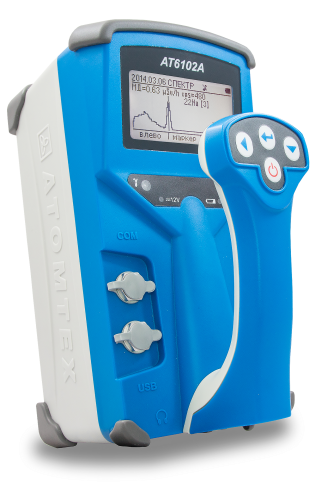
SPECTROMETERS MKS‑AT6102, MKS‑AT6102A, MKS‑AT6102B
Monoblock design
Multifunctionality
A built-in GPS module
Audible, vibration and visual alarms
The possibility of connecting external detection units
Battery life 25 h (AT6102A,V),18 h (AT6102)
Atomtekh
Minsk
Produced in: Belarus, Minsk
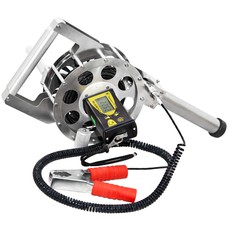
Electronic explosion-proof thermometer ExT-01/3-20
The thermometer sensor ExT-01/3-20 is made in the form of a fully submersible probe with a cable length of 20 meters and has a device for winding it.
The thermometer has an explosion protection marking 0Ex ia IIB T4 Ga X and can be used in explosive zones 0, 1 and 2 of any classes of premises and outdoor installations in which the formation of explosive mixtures of categories IIA, IIB is possible.
• Measurement range -50...+130 °C
Minimum sensor immersion depth full immersion
Overall dimensions of the electronic unit 135x65x40 mm
Electronic unit weight 0.3 kg
Termeks
Tomsk
Produced in: Tomsk
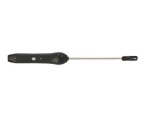
Smart probe of relative humidity and temperature L=150 mm SSVL.150
from
12 900 ₽
The smart probe of relative humidity and temperature L=150 mm SSVL.150 is designed to measure the temperature of gaseous materials without mechanical impurities and aggressive vapors, relative humidity by direct contact of the probe with the measuring object and transmitting the measured value via Bluetooth to devices with the installed ThermoMonitor based on the Android program.
Operating conditions of the smart probe SSVL.150
Ambient temperature, °C: -20...+55.
Relative humidity, %: not more than 80 at T=35 °C.
Atmospheric pressure, kPa: 86...106.
Functionality of the smart probe SSVL.150
Measurement of physical quantities with a resolution of 0.01.
Recording of measured values at intervals from 5 seconds to 23 hours 59 minutes 59 seconds (only smart probes with built-in memory).
Transmitting data about measured physical quantities via Bluetooth to a device with the ThermoMonitor based on the Android program .
Transmitting information about the state of charge of the built-in battery via Bluetooth to a device with the ThermoMonitor based on the Android program.
Automatic transition to sleep mode after 50 seconds.
The ability to connect an external power supply.
Possibility of calibration.
TEKHNO-AS
Kolomna
Produced in: Kolomna, Moscow region

Smart submersible reinforced probe L=1500 mm SZPGU.1500P with built-in flash memory
from
15 180 ₽
The smart submersible reinforced probe L =1500 mm SZPGU.1500P with built-in flash memory is designed to measure the temperature of various materials by direct contact of the probe with the measuring object and transmitting the measured value via Bluetooth to devices with the ThermoMonitor, Android program installed.
Operating conditions of the SZPGU.1500P smart probe
Ambient temperature, °C: -20...+55.
Relative humidity, %: not more than 80 at T=35 °C.
Atmospheric pressure, kPa: 86...106.
Functionality of the smart probe SZPGU.1500P
Measurement of physical quantities with a resolution of 0.01.
Recording of measured values at intervals from 5 seconds to 23 hours 59 minutes 59 seconds (only smart probes with built-in memory).
Transmitting data about measured physical quantities via Bluetooth to a device with the ThermoMonitor, Android program installed.
Transmitting information about the state of charge of the built-in battery via Bluetooth to a device with the ThermoMonitor, Android program installed.
Automatic transition to sleep mode after 50 seconds.
The ability to connect an external power supply.
Possibility of calibration.
TEKHNO-AS
Kolomna
Produced in: Kolomna, Moscow region
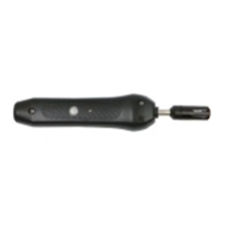
Smart probe for connecting an external thermoelectric converter with built-in flash memory
from
11 454 ₽
Designed to measure the temperature of various materials by direct contact of the probe with the measuring object.
A smart probe for connecting an external thermoelectric converter with a built-in flash memory is designed to measure the temperature of various materials by directly contacting the probe with the measuring object and transmitting the measured value via Bluetooth to devices with the ThermoMonitor. The Android program is installed.
Operating conditions of the SZVTP smart probe
Ambient temperature, °C: -20...+55.
Relative humidity, %: not more than 80 at T=35 °C.
Atmospheric pressure, kPa: 86...106.
The functionality of the smart probe SSVTP
Measurement of physical quantities with a resolution of 0.01.
Recording of measured values at intervals from 5 seconds to 23 hours 59 minutes 59 seconds (only smart probes with built-in memory).
Transmitting data about measured physical quantities via Bluetooth to a device with the ThermoMonitor. The Android program is installed.
Transmitting information about the state of charge of the built-in battery via Bluetooth to a device with the ThermoMonitor. The Android program isinstalled.
Automatic transition to sleep mode after 50 seconds.
The ability to connect an external power supply.
Possibility of calibration.
TEKHNO-AS
Kolomna
Produced in: Kolomna, Moscow region
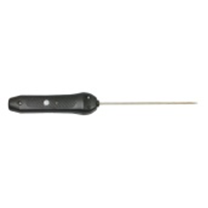
Smart submersible reinforced probe L = 500 mm SZPGU.500P with built-in flash memory
from
11 940 ₽
Smart submersible reinforced probe L = 500 mm SZPGU.500P with built-in flash memory is designed to measure the temperature of various materials directly contacting the probe with the measuring object and transmitting the measured value via Bluetooth to devices with the ThermoMonitor, Android program installed.
Operating conditions of the SZPGU.500P smart probe
Ambient temperature, °C: -20...+55.
Relative humidity, %: not more than 80 at T=35 °C.
Atmospheric pressure, kPa: 86...106.
Functionality of the SZPGU.500P smart probe
Measurement of physical quantities with a resolution of 0.01.
Recording of measured values at intervals from 5 seconds to 23 hours 59 minutes 59 seconds (only smart probes with built-in memory).
Transmitting data about measured physical quantities via Bluetooth to a device with the ThermoMonitor, Android program installed.
Transmitting information about the state of charge of the built-in battery via Bluetooth to a device with the ThermoMonitor, Android program installed.
Automatic transition to sleep mode after 50 seconds.
The ability to connect external power.
Possibility of calibration.
TEKHNO-AS
Kolomna
Produced in: Kolomna, Moscow region
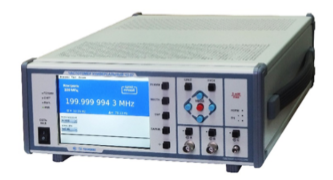
Universal frequency meter Ch3-97
The device successfully combines simplicity of design, modern design, convenience, clarity of control and obtaining information about the measured physical quantity.
Technical specifications
Frequency and period of sinusoidal signals (inputs A, B) 0.001 Hz - 300 MHz
Frequency and period of video pulse signals (inputs A, B) 0.001 Hz - 300 MHz
Frequency of continuous sinusoidal oscillations (input C) (0.3 – 37.5) GHz
Carrier frequency of a continuous radio pulse sequence (IM) signal (input C) Fn = (0.3-37.5) GHz, from 0.3 microseconds to 1ms, Fsl from 100 Hz to 1 MHz, from 2 to 103
Frequency ratio (inputs A, B) from 1 to 3x109
Pulse duration 5 ns - 1000 s
The duration of the front, the decay of the pulses is 5 ns - 100 microseconds
Time interval from -1000 to 1000 s
Phase difference of two synchronous sinusoidal signals from minus 180° to 180°
The measurement error of the phase difference of two synchronous sinusoidal signals is ± 2.3 ° at a signal amplitude of 1 V
Setting range of trigger levels (inputs A, B) from - 2.0 to 2.0 V
The error of setting the trigger levels (inputs A, B) ± 0.01 V
Input signal level:
•for sinusoidal signal (inputs A, B) (0.03 - 10.0) V
•for video pulse signal (inputs A, B) (0.1 - 10.0) V
•for a sinusoidal signal (input C) 0.1 - 5 MW
Input resistance
•Inputs A, B (50±2.5) ohms; (1±0.1) MOm/100 pF
•Input With (50±2.5) ohms
Nominal frequency value of the reference quartz oscillator 10 MHz
Relative error in the frequency of the quartz oscillator, no more than ± 2x10-7 in 24 months
Operating temperature range from minus 10 to 50 °C
AC power supply 220 V, 50 Hz
Power consumption, not more than 100 VA
Overall dimensions, mm 306x129.5x430.6
Weight, not more than 8.5 kg
TEKHNOYAKS
Moscow
Produced in: Moscow
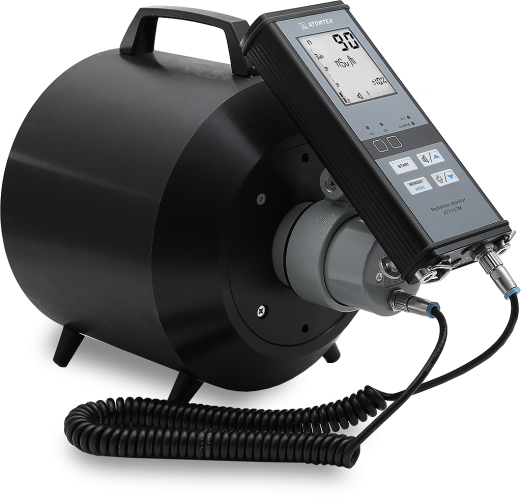
DOSIMETER‑RADIOMETER ISS‑AT1117M (NEUTRON DOSIMETER)
Measurement of the power of the ambient dose equivalent and the ambient dose equivalent of neutron radiation, as well as simultaneous monitoring of the power of the ambient dose equivalent and the ambient dose equivalent of gamma radiation.
A wide energy range
Automatic recording and storage of at least 10,000 GPS-linked measurement results when using BOI4
The possibility of automatic data transfer to a remote server, as well as processing them in export application software when using BOI4
Audible and visual alarm of exceeding threshold levels
Atomtekh
Minsk
Produced in: Belarus, Minsk
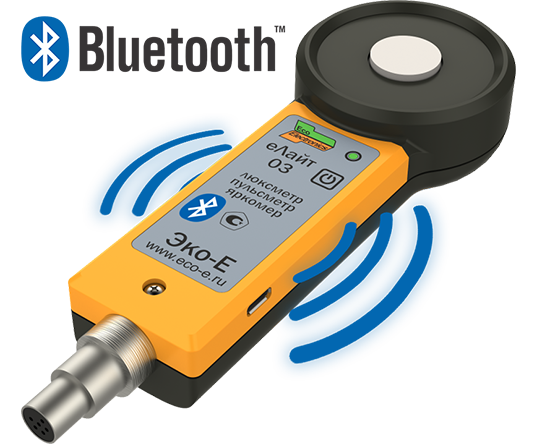
eLajt03-BT luxmeter-pulse meter-brightness meter for smartphone
from
29 900 ₽
eLajt03-BT is a Bluetooth luxmeter for an Android smartphone. The version of the eLajt-03 photo head with a built-in Bluetooth adapter. Free Luxmeter app for Android on Google Play
Eco-E
Москва
Produced in: Moscow
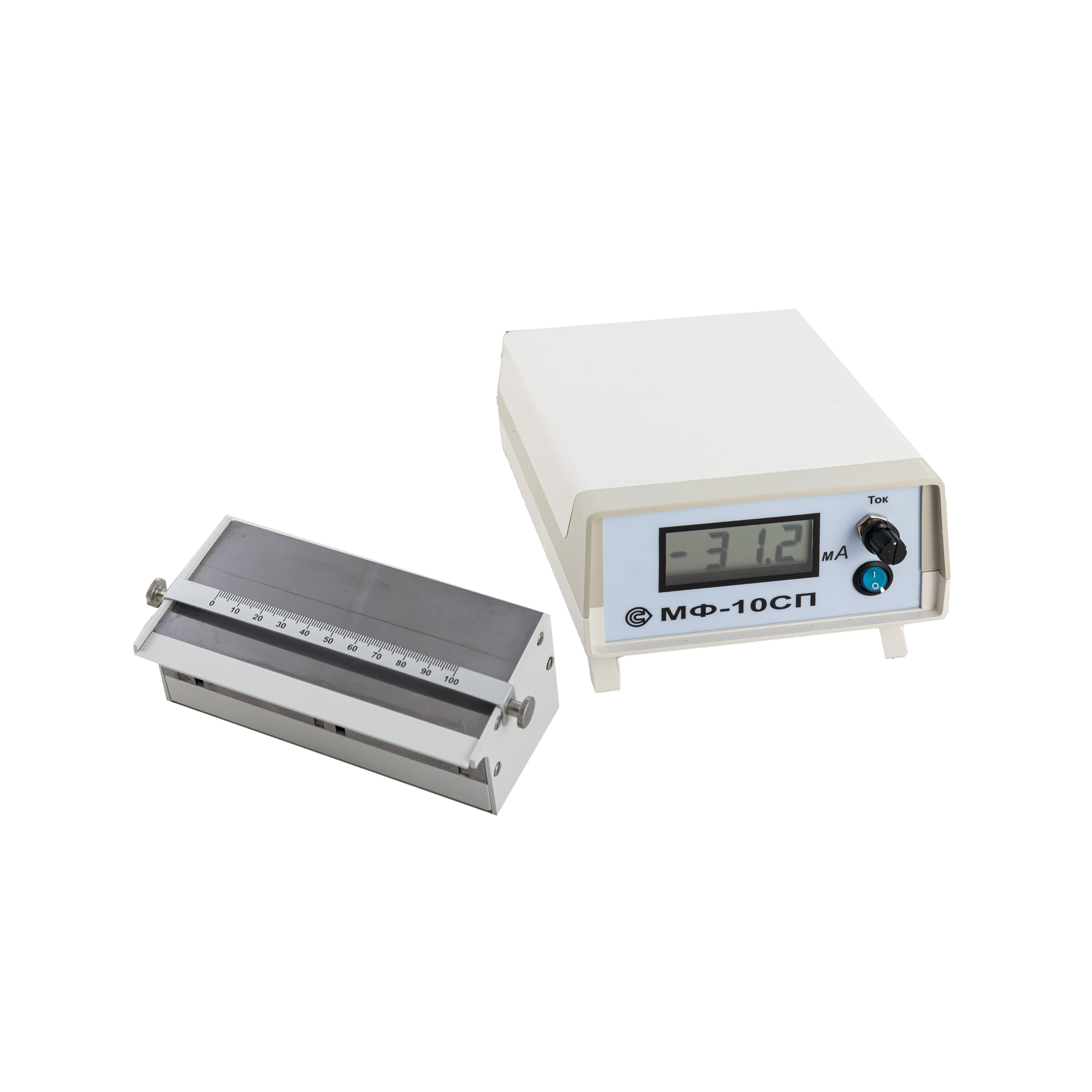
MF-10SP Device for checking the quality of magnetic powders and suspensions
from
225 600 ₽
Technical specifications:
The range of regulation of the magnetizing current is 0.06 to 0.10 A.
The magnetizing current indication is digital.
The nature of the change in the magnetic field is uniformly decreasing along a scale with a length from 0 to 100 mm.
The width of the opening of artificial discontinuities in the magnetic circuit of the electromagnet is 50 and 100 microns
The electrical power supply of the device is carried out from an alternating current network with a frequency of 50 Hz, a voltage of 220 V.
Power consumption is no more than 20 VA.
Overall dimensions:
- electronic block, mm, no more: 230x150x70
- electromagnet, mm, no more: 155x65x70
Weight:
- electronic unit, kg, not more than: 1
- electromagnet, kg, not more than: 1.6
Equipment of the MF-10SP:
- electronic unit - 1 pc.
- electromagnet - 1 pc.
- suspension collection tray - 1 pc.
- VP-1-1-0,25 A protector - 2 pcs.
- carrying case - 1 pc.
- passport, operating manual, calibration instruction - 1 set.
RII MNPO SPEKTR
Moscow
Produced in: Moscow

Anemometer ASO-3
from
67 630 ₽
Application range: 0.3 – 5.0 m/s;
Accuracy characteristics: PG±(0.1+0.05V)m/s;
Service life: at least 6 years;
Overall dimensions: 110 x 110 x 105 mm;
Weight – 0.45 kg;
Application conditions: from -45°C to +50°C.
EMPGGO
Saint Petersburg
Produced in: Saint Petersburg
